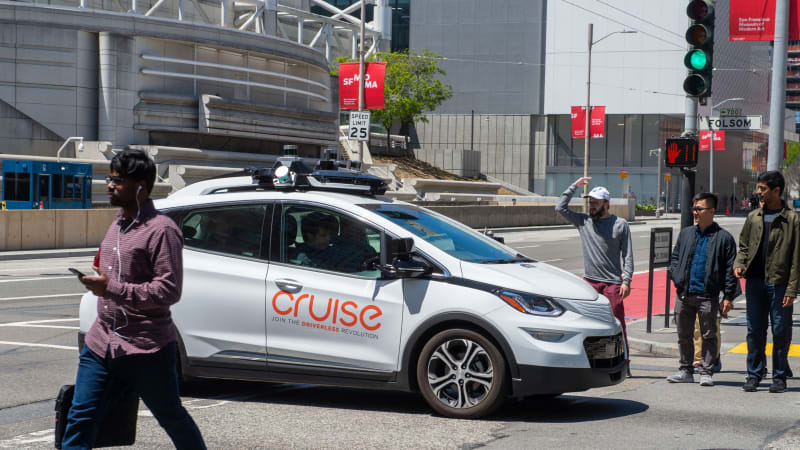SAN FRANCISCO — Days after General Motors’ Cruise self-driving car unit pulled all of its vehicles off the roads in the U.S. for a safety review, it continues to test them on public roads in Dubai and Japan, Reuters has learned.
Cruise this week said it had paused all car trips in the U.S. – including ones where a safety driver was in the vehicle — recalled all of its vehicles
, and expanded the scope of its internal investigation following
an October accident involving a pedestrian that caught the attention of regulators. Earlier this month, it suspended all fully autonomous rides and
recalled 950 vehicles.
A spokesman for Cru ise confirmed its vehicles overseas, identical to those in the U.S., were still undergoing public testing abroad, saying it was a “small pilot.”
Asked why it was safe for those to be on public roads in Japan and Dubai, while apparently not safe in the U.S., the spokesman said, “That’s the decision we made.” He did not provide details on how many vehicles were being tested in those regions.
In a Nov. 14 blog post, Cruise wrote that “this orderly pause is a further step to rebuild public trust while we undergo a full safety review.”
The company wrote that it “will continue to operate our vehicles in closed course training environments and maintain an active simulation program in order to stay focused on advancing AV technology.”
Cruise needs to clarify the difference between testing abroad and in the U.S., said Bryant Walker Smith, a University of South Carolina law professor who has studied transportation issues.
“It’s reasonable to ask why they think it’s safe to have these cars on the road in other parts of the world, if they are pulling them off the road here,” he said. “Cruise needs to explain the difference.”
He noted that even with a driver at the helm, no autonomous vehicle is perfectly safe, citing the 2018 Uber accident in Arizona where a woman was killed after being struck by one of the company’s self-driving cars that had a driver.
The Cruise cars in the U.S. were recalled because the collision detection subsystem may respond improperly after a crash, according to a notice made public at the time by the National Highway Traffic Safety Administration.
At issue is an Oct. 2 accident in which a Cruise vehicle dragged a pedestrian in San Francisco after striking her.
California regulators in November ordered Cruise to remove its driverless cars from state roads, saying the vehicles are a risk to the public and the company had “misrepresented” the safety of the technology.
The state regulator said Cruise had not initially disclosed all video footage of the accident.
Cruise has said it showed officials of the California Department of Motor Vehicles the complete video of the accident multiple times and provided a copy to officials. Cruise has since launched an internal review of the response to regulators and the company’s automated driving system.
Cruise, along with Alphabet’s Waymo, is among the most recognizable autonomous vehicle companies today. As recently as October, it had hundreds of autos carrying passengers around San Francisco with no drivers and had announced aggressive expansion plans.
In Dubai, Cruise vehicles have primarily been seen recently on a couple of islands on the outskirts of the main city. In August they were offering free rides in a partnership with a local company known as TXAI.
In Japan, Honda and Cruise have jointly been testing self-driving vehicles on public roads in the city of Utsunomiya – a regional hub of about 513,000 people – and the adjacent Haga town. The vehicles are being tested at what is known as Level 2 autonomy, which requires a safety driver to be present at all times.
